ROTTERDAM – This year’s worthy recipient of the festival’s Robby Müller award talks us through Kelly Reichardt filmography from River of Grass to First Cow.
ON RIVER OF GRASS – «When I look at that film, I think I am very aware of the films I was watching, and my influences are very much on my sleeve as a young filmmaker. It’s lucky that I shot in the neighbourhoods I knew, which now I shoot very far away from, a place I don’t know so I can be in a new place, but I think for that film it was good that I was sticking to something I did know: streets, highways I knew; all the places and interiors were all places I knew because I was still borrowing so heavily and looking at other people’s work, including Jarmusch. Thinking of cinematography, I was not yet schooled in lenses, so every set-up of every camera was letting me know what I didn’t know and what I needed to figure out. A lot of those landscapes don’t exist anymore in Miami. Some of them, such as the hotel we filmed in, were gone weeks after we shot. If I were ever to go back to my work, which I never do, it would be interesting to see those places in Florida».

SENSE OF AMERICA – «It’s hard to know what one was thinking all the time back then but there was something in my mind. I can remember as a kid in Daytona, Florida, a McDonald’s being built and waiting for it. In a very short time, the other three corners of the intersection had three other fast-food places. Even as a kid I had a sense that this was not good and that I liked this fast food but the lots that were there before were missing. I had a strong sense of something being taken away and that persists as an adult in thinking that the road trips I made as a kid on which I would see wild horses as we were driving out west from Florida and what I see reminds of that corner back as a kid as the corporate destruction of beauty and a lack of imagination as to what the possibilities would have been. Then meeting Jon Raymond, who somehow in a more precise way than I was able to get to with my own writing, this conversation about the natural world versus early corporations, or corporate power versus the environment just seems to have lived on through different storytellings».
THE CRAFT – «It’s funny how films from the 90s look like so much like films from the 90s! I have often wondered what makes it so but I think something has to do with the pressure of being a writer-filmmaker and you had to do it alone. I think things are more immediate. There’s so much there in there that I don’t remember! Like the voiceover, which I wrote in the editing room, while I was cutting with Larry Fessenden who plays the lead. I really didn’t know how to edit. And I had to think about editing and sound design. I didn’t go to film school or anything, but cutting the film in Larry’s little office room and using all the footage we had, then matched it by eye to cut the negative without any time code to follow. Larry did all this. All of that just seems like a long time ago. Anything I do now would be so different from then. It’s like watching your younger self try to…I don’t know! On learning to edit That was a process that came about because I didn’t have money for an editor. In the years that I couldn’t get my second film made, I was shooting shorter things and practising cutting and thinking about how images went together and failing a lot but failing more privately than if I had got a second feature made right away. I kept working in whatever way I could. What I was doing with Larry – the physical way we cut – didn’t exist by the time I finally made my second feature. There were so many things that would have helped me to think about that happened in editing that would have affected how I shot something. So learning about editing has been my way of learning how to shoot what I want. Unfortunately, it’s always a lesson for the next film. It builds over time. I’m not against editors because for me I enjoy the process a lot, it’s a teaching process, I can see there’s a terrific beauty in being more collaborative but you trust over time your own rhythm and what it presents to you: you think, ok that’s my pace. The time with Larry was thinking about sounds and how something would be put together in the traditional sense versus the other possibilities. It takes time to become more at ease in trusting what you want to do. The 90s were a difficult time to be on a set making movies as a woman. Editing was a controlled space so with the film being so difficult, the time in the editing room with Larry – some of the film was built in the editing room! – was something still in process. There was a lot to learn. There is still a lot to learn!».
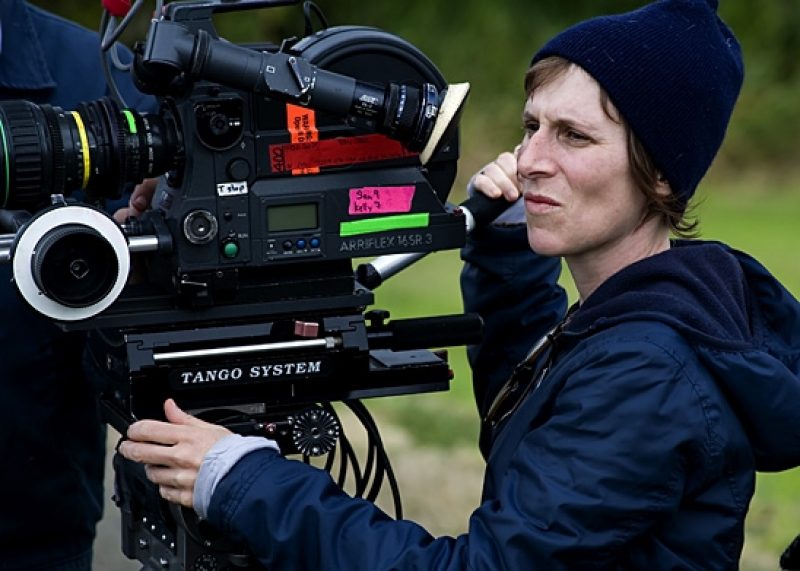
OLD JOY – «I was in Rotterdam with Anish Savjani, the producer on all these later films after River of Grass. Right in the moment we won, I wrote on a napkin to make him agree an agreement for him to work with him and made him sign it. So the prize was getting the commitment from one of the producers that they would stick with me and we would do another project. So that was quite nice. Rotterdam’s festival week just saw so many kinds of films. You really feel it’s a festival about film and filmmaking. You can just roam around that city and see all those films day and night. And you were surrounded by other filmmakers. I had been out of it for about a decade, so it was nice to feel that somehow I had squeezed my way back in by making this film in two weeks like an art project with friends. So it was nice to see a film that resonated».
16mm CAMERA – «I should say that this was shot by Peter Sillen who’s a documentary filmmaker. So we were using short loads on a 16mm camera. There was this feeling of knowing when the roll was going to run out. We shot very little film; it’s amazing it’s a feature. It was my first time alone in the editing room with a feature film and I remember when we were filming there were times we were thinking ‘will anyone know there is tension right now?’ and it’s a different way of shooting to the other films, which comes of working with a documentary maker. I remember Peter and I talking about this: my tendency is to let things to fall out of the frame but it’s hard for a documentary maker not to follow the action. It’s against their intuition. I remember the push and pull on that while we were shooting».
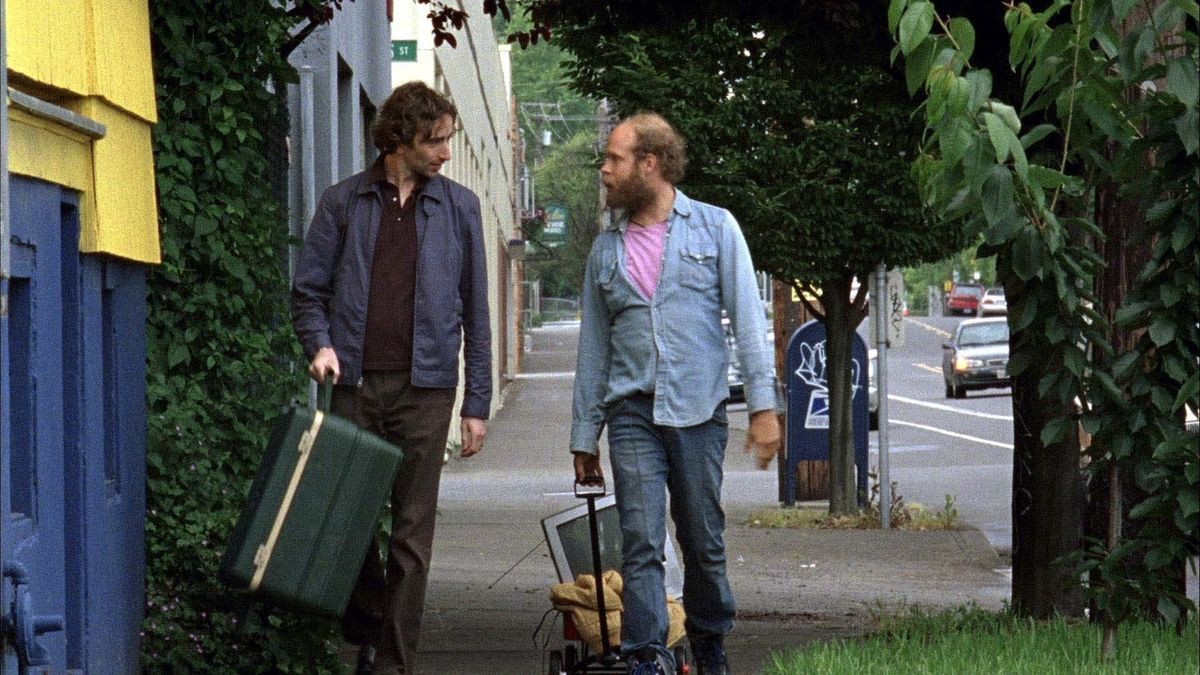
WENDY AND LUCY – «This was my second film with Lucy! She was a natural. Whenever you’re working with animals, it’s giving the actor something to react to and respond to. Likewise, the camera has to respond to it too. It keeps things lively. When you’re filming on location, especially in the Pacific northwest, the weather changes so quickly all the time you have to be ready to go with what’s happening. So, you plan and you plan and then the day you shoot on with the animal you shoot with is going to add its own sound or a million things. We’re never in danger of being too plotted as how things are visually coming across as there are so many things you can’t control. It’s different according to what your means are. Things are moving so fricking fast that there is never time to think about what you just did. You just have to keep moving. A lot of time the situation of the film crew and the experience is sort of mirroring what we’re making films about. One wrong move and the whole thing will fall apart!».
MEEK’S CUTOFF – «In Old Joy and in Meek’s Cutoff nature can be both comforting and scary. The western is built around the idea of a surprise around the corner and surprise after surprise. In Meek’s Cutoff it’s more about monotony and the repetition of unheightened moments happening over and over again. I think the Western is such an intuitively known genre that the viewer is anticipating something about to be happening and that creates a kind of tension that these things aren’t happening that are supposed to be happening. It’s the look of heading west as another day of pitching the tent, pulling it down…. it’s more about time in that sense. Space becomes the wide-open space that makes them feel small and vulnerable. It’s very unlike me to use that long dissolve at the beginning of the film, but it was important for me to get across that amount of time and space. It’s a movie moment and a nod to the Western and something I allowed myself to do to pass time and a good amount of land to get the story to this other starting point. It’s like the one music cue in Certain Women. It’s the one moment I allow myself in my otherwise rigid boundaries».
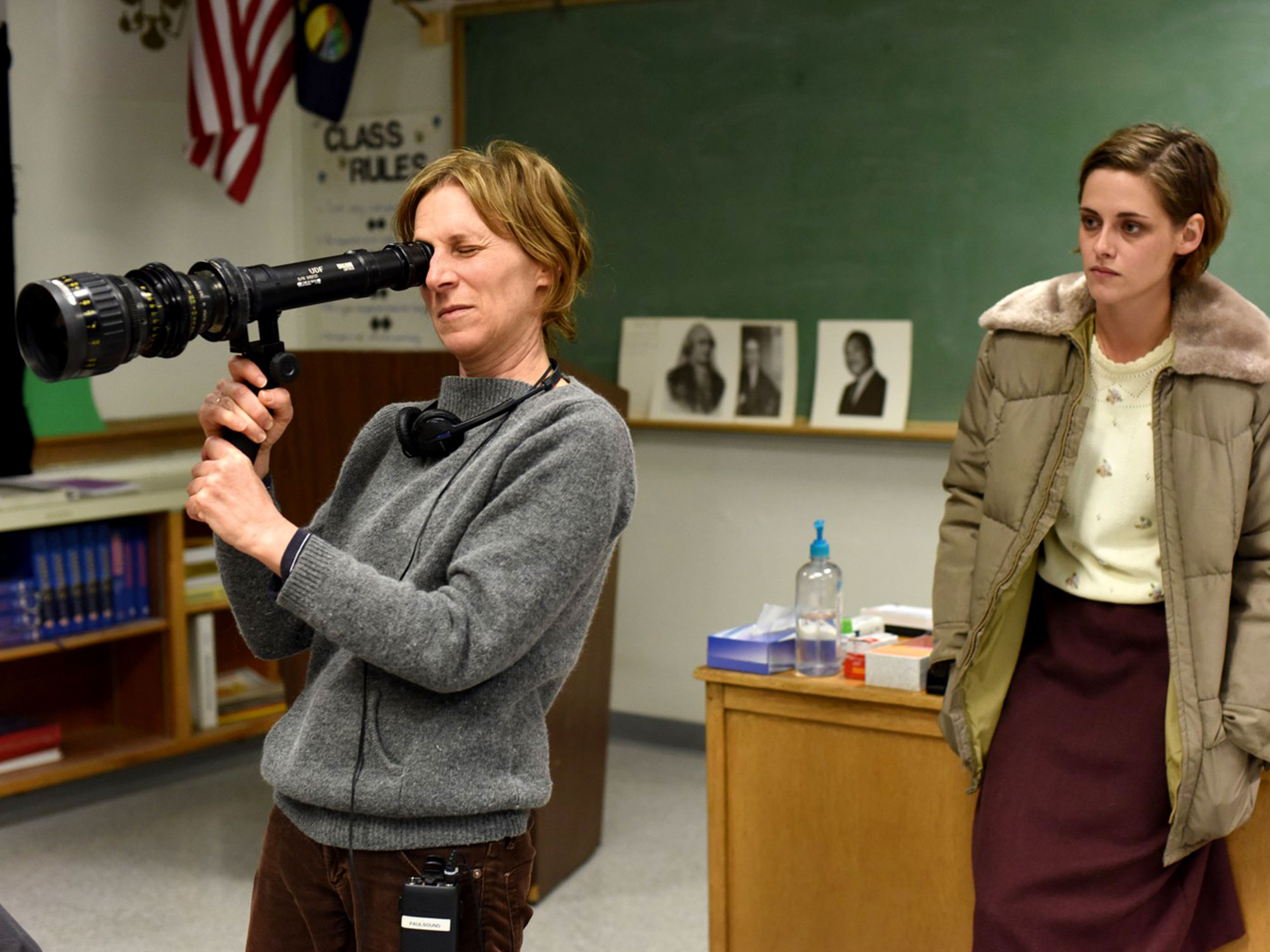
NIGHT MOVES – «I started working with Christopher Blauvelt, who I have worked with continuously to this point. Finding a cinematographer – a collaborator – is a big gift in life. Shooting Night Moves and taking on a lot for us and our resources – that the film was made at all is thanks to Neil and Anish and their amazing producing skills. You scout all these places and you find your dam. our dam was shrinking every day as the water was falling. You become so attuned to things in this world – how a farm operates or a dam. We had the breadth and the sound and the hollow of the dam. All these challenges are difficult and great – how do we get from one side of the dam to the other? – all these are big moments and challenges seem more important for these people with this fundamentalist idea who have the drive and the righteousness and the fall that comes with that when it’s been accomplished. Seeing that as an expression with them as a collective and then them becoming three individuals is more important than the thing being blown up. We’re with them and the distant sound of it. The collective becoming three individuals with the dam being blown up is the important turn in that film. There were so many night scenes and Chris and I both like darkness and we are not good at pulling each other away from it. You see quite a few heads floating in the darkness so maybe we went too far! Lighting was a huge thing. We shot on an Alexa and there are trade-offs you make. The dam is lit with five-dollar lights strung out across it. You can really push lighting – and I guess darkness you can push. That was a big deal lighting a dam!».
4:3 FRAMES – «We used it for different reasons in the two films: in Meek’s it was a way to keep suspense happening. I was trying to keep you with the pioneers in the vastness. We had a rule of no beauty expanse shots. There’s only one sunset in that movie. The women were wearing bonnets and so the frame really worked for that. It really kept you on the day where they were rather than seeing where they would be tomorrow. It added a tension not to be able to see outside the frame. We used it again in First Cow: it’s to do with the shape of things. We were shooting in a forest and everywhere we were there were vertical lines, so it made sense to have more of a vertical and less of a rectangle shape».
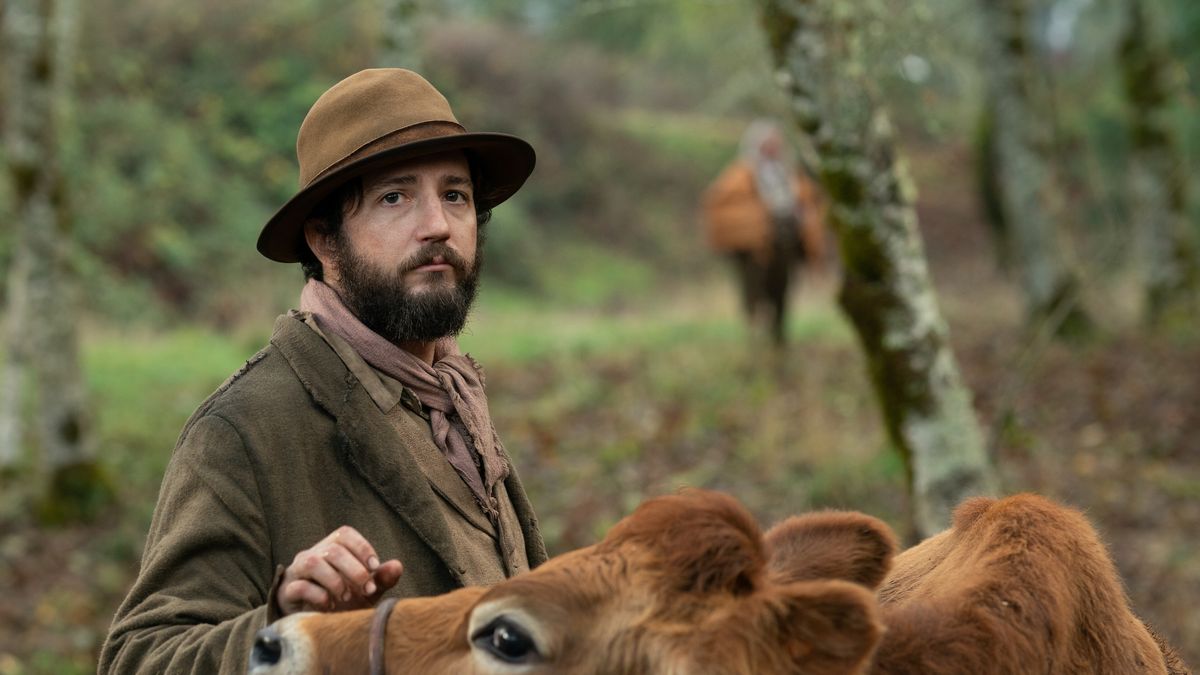
CERTAIN WOMEN – «Maile Meloy the story is from stories from two collections. I was really drawn to her writing and really wanted to get out of Oregon! That story ended up in Montana, which is not where Meloy had set the stories. But Lily Gladstone was a wonderful find and she sent in a video of herself and she was hard to get off your mind. She lived close by, so it was easy for us to meet her. She then went to work on the ranch where we shot with the rancher and got really caught up in ranch life. When we started shooting it was difficult for her – we would say you have to stay in this frame – she had to ride two tracks at once! She seemed like a wild horse herself. Filming wild horses was like filming Lily. It was freezing cold and we were in the big pasture scenes where she was feeding the horses, continuing doing the chores she’d been doing for the rancher: wild horses and wild Lily. As soon as we were indoors shooting, I realised I could put a camera close to Lily’s face and she does everything in an unconscious way. When she started doing scenes with Kristen Stewart I realised how much she was doing. She is such a mixture of a skill behind ‘naturalism’ but she responds and reacts without being distracted by what’s going on around her. She’s really special. The film gods give you something every once in a while, and they gave me Lily Gladstone. On First Cow».
FIRST COW – «First Cow came out of Jonathan Raymond’s novel The Half-Life, which spans four decades and includes a ship trip to China. It’s a story that was very expansive and out of my reach not just for the economy of it, but it’s harder to get into the nitty gritty of things in such an epic story. So we came up with the cow to bring in these themes: the fur trade and the early migration – before it’s America even – coming from Europe and a different kind of journey than East-West, so coming from another direction. A lot was modelled on the Hudson Bay Fur Company and on the fur trade companies coming to what is now Oregon and what that first commercial enterprise brought to the first nations people that lived here and the environment – and the beaver! So, it was all those things in the big sense and getting down to the nitty gritty and focussing on these two characters King Lu and Cookie. It was a fun film and fun research. It was 20 years before Meek’s Cutoff, so the time was different. There was no photography to work on. I worked with Phillip Clark based in London on the research. It was hard to talk about it without talking about the costume designer and the production designer. The film came together quite quickly, which was odd, and we were on the ground quite quickly. It was a great ride. All these things in their way feel like they have some
contemporary relevance: the masculinity, the tough leadership, the America First bullshit. But these two fellas inside it all on a human level who are not racking up points by who they slaughter or kill but by creating or making something. It was nice to make a film about people making things».
- IFFR 2021 | Rotterdam Big Talk with Mads Mikkelsen and Rosa Bosch
- IFFR 2021 | Riders of Justice: Anders Thomas Jensen’s movie review
- IFFR 2021 | Landscapes of Resistance: Marta Popivoda’s doc review
- IFFR 2021 | Night of the Kings: Philippe Lacôte’s movie review
Kelly Reichardt’s First Cow Official Trailer:

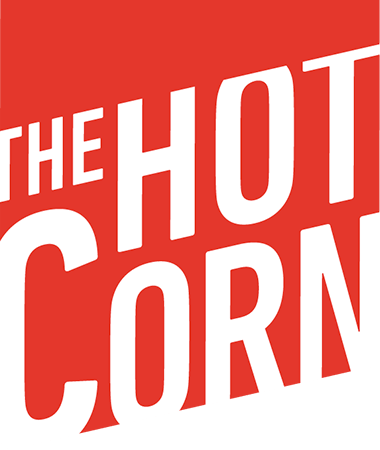
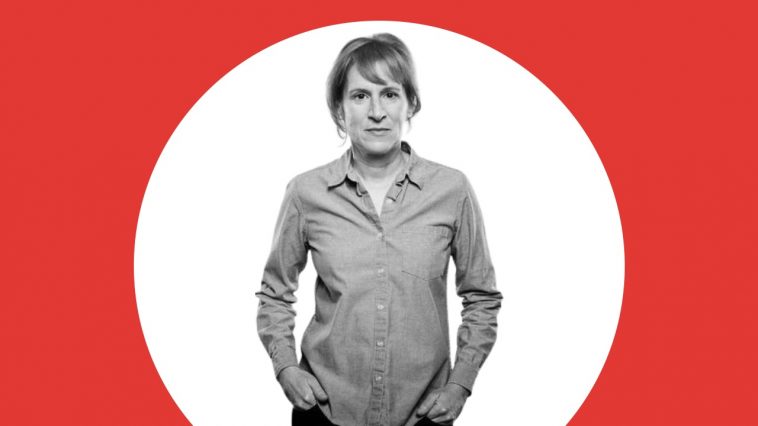
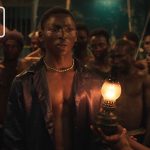
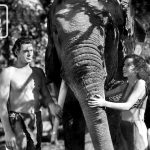
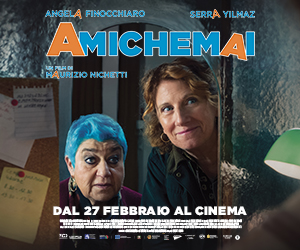


Leave a Comment